Hokusai: Beyond the Great Wave, British Museum | reviews, news & interviews
Hokusai: Beyond the Great Wave, British Museum
Hokusai: Beyond the Great Wave, British Museum
The final years of Japan's greatest artist
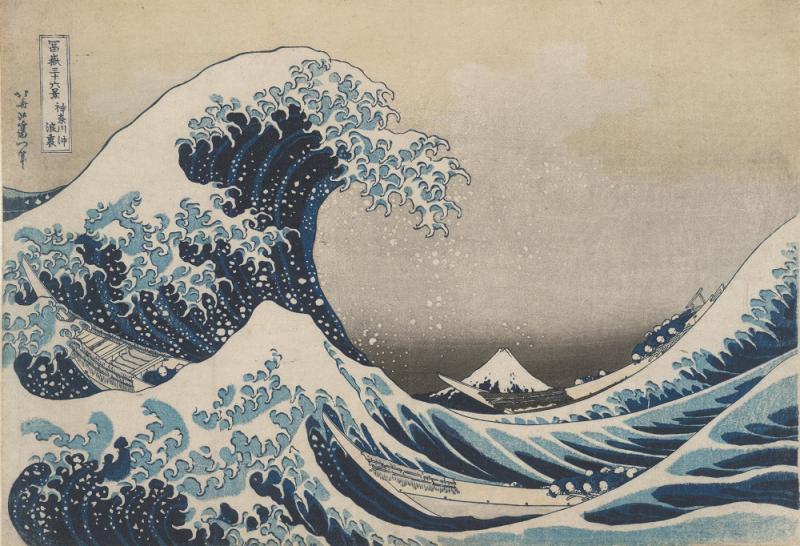
With its striking design, characteristically restricted palette and fluent use of line, Hokusai’s The Great Wave, 1831, is one of the world’s most recognisable images, encapsulating western ideas about Japanese art.
For all that, The Great Wave is the result of Hokusai’s longstanding interest in European art, its use of perspective and the pigment Prussian Blue indicating his familiarity with western practice. This, says Tim Clark, curator of the British Museum’s latest exhibition, may well explain the print’s appeal outside Japan, as “people saw something embedded in the image that they half recognised.”
Despite being made when Hokusai was in his early seventies, The Great Wave (main picture) really serves as the starting point for this landmark exhibition examining the last 30 years of the artist’s life. Part of a series of Thirty-Six Views of Mount Fuji, it shows Hokusai reaching a point of technical and artistic achievement best appreciated by looking at his earlier attempts to express the power and motion of the sea. Where previous attempts look somewhat lifeless and static, The Great Wave captures perfectly the moment before a huge wave crashes down onto the fragile boat beneath.
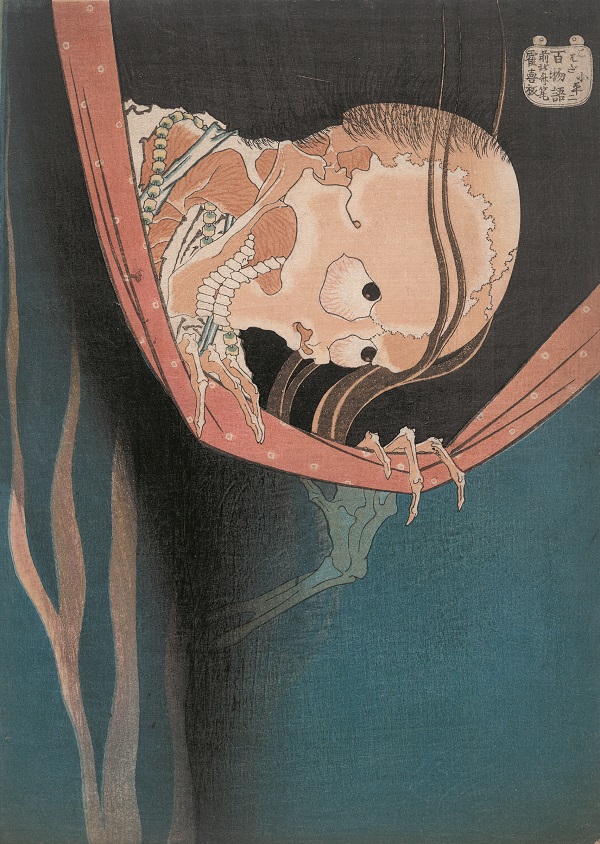 The print’s real subject of course is Mount Fuji, seen here in the distance, its snowy peak echoed in the frothing sea. In the Edo period (1615-1868) Fuji was treated as a place of devotion and Hokusai attached great religious significance to the place, his later years dominated by his own sense of a spiritual quest, which was inseparable from his artistic endeavours. According to Tim Clark, “Hokusai’s fundamental position was that the older he got, the greater he would become as an artist”, and it was this belief that made him determined to live as long as he could.
The print’s real subject of course is Mount Fuji, seen here in the distance, its snowy peak echoed in the frothing sea. In the Edo period (1615-1868) Fuji was treated as a place of devotion and Hokusai attached great religious significance to the place, his later years dominated by his own sense of a spiritual quest, which was inseparable from his artistic endeavours. According to Tim Clark, “Hokusai’s fundamental position was that the older he got, the greater he would become as an artist”, and it was this belief that made him determined to live as long as he could.
While he had trained initially with the Floating World painters, who famously depicted the decadence of the city of Edo, his later work is concerned with daily life and his observations of everyday activities and the natural world merge seamlessly with mythical, spiritual and religious subjects.
In the mystical power of Mount Fuji, and Hokusai’s illustrations of his own visions, such as the curious One Hundred Bridges at a Glance, c 1823, there is a keen sense of the thin veil between earthly and spiritual realms, his print series One Hundred Ghost Tales, c.1833, presenting remarkably original and terrifying depictions of ghosts and ghouls (pictured above right). In his own preoccupations with spiritual fulfilment, the exhibition evokes Hokusai himself as an otherworldly figure, whose concerns were only half rooted in the here and now. His relationship with his artist daughter Eijo is a compelling aspect of the narrative, and while very few of her works survive to be included in the show, she is a powerful presence throughout. Living together in the last decades of Hokusai’s life they must have made an eccentric pair, their peripatetic existence verging on the squalid as they dedicated themselves to nothing but painting.
- Hokusai: Beyond the Great Wave at the British Museum until 13 August 2017
- The exhibition will close from 3-6 July to allow some exhibits to be changed for conservation reasons
- Read more visual arts coverage on theartsdesk
Click on the thumbnails below to see some highlights from the exhibition
rating
Share this article
The future of Arts Journalism
You can stop theartsdesk.com closing!
We urgently need financing to survive. Our fundraising drive has thus far raised £49,000 but we need to reach £100,000 or we will be forced to close. Please contribute here: https://gofund.me/c3f6033d
And if you can forward this information to anyone who might assist, we’d be grateful.

Subscribe to theartsdesk.com
Thank you for continuing to read our work on theartsdesk.com. For unlimited access to every article in its entirety, including our archive of more than 15,000 pieces, we're asking for £5 per month or £40 per year. We feel it's a very good deal, and hope you do too.
To take a subscription now simply click here.
And if you're looking for that extra gift for a friend or family member, why not treat them to a theartsdesk.com gift subscription?
more Visual arts
 'We are bowled over!' Thank you for your messages of love and support
Much-appreciated words of commendation from readers and the cultural community
'We are bowled over!' Thank you for your messages of love and support
Much-appreciated words of commendation from readers and the cultural community
 Folkestone Triennial 2025 - landscape, seascape, art lovers' escape
Locally rooted festival brings home many but not all global concerns
Folkestone Triennial 2025 - landscape, seascape, art lovers' escape
Locally rooted festival brings home many but not all global concerns
 Sir Brian Clarke (1953-2025) - a personal tribute
Remembering an artist with a gift for the transcendent
Sir Brian Clarke (1953-2025) - a personal tribute
Remembering an artist with a gift for the transcendent
 Emily Kam Kngwarray, Tate Modern review - glimpses of another world
Pictures that are an affirmation of belonging
Emily Kam Kngwarray, Tate Modern review - glimpses of another world
Pictures that are an affirmation of belonging
 Kiefer / Van Gogh, Royal Academy review - a pairing of opposites
Small scale intensity meets large scale melodrama
Kiefer / Van Gogh, Royal Academy review - a pairing of opposites
Small scale intensity meets large scale melodrama
 Jenny Saville: The Anatomy of Painting, National Portrait Gallery review - a protégé losing her way
A brilliant painter in search of a worthwhile subject
Jenny Saville: The Anatomy of Painting, National Portrait Gallery review - a protégé losing her way
A brilliant painter in search of a worthwhile subject
 Abstract Erotic, Courtauld Gallery review - sculpture that is sensuous, funny and subversive
Testing the boundaries of good taste, and winning
Abstract Erotic, Courtauld Gallery review - sculpture that is sensuous, funny and subversive
Testing the boundaries of good taste, and winning
 Edward Burra, Tate Britain review - watercolour made mainstream
Social satire with a nasty bite
Edward Burra, Tate Britain review - watercolour made mainstream
Social satire with a nasty bite
 Ithell Colquhoun, Tate Britain review - revelations of a weird and wonderful world
Emanations from the unconscious
Ithell Colquhoun, Tate Britain review - revelations of a weird and wonderful world
Emanations from the unconscious
 Rachel Jones: Gated Canyons, Dulwich Picture Gallery review - teeth with a real bite
Mouths have never looked so good
Rachel Jones: Gated Canyons, Dulwich Picture Gallery review - teeth with a real bite
Mouths have never looked so good
 Yoshitomo Nara, Hayward Gallery review - sickeningly cute kids
How to make millions out of kitsch
Yoshitomo Nara, Hayward Gallery review - sickeningly cute kids
How to make millions out of kitsch
 Hamad Butt: Apprehensions, Whitechapel Gallery review - cool, calm and potentially lethal
The YBA who didn’t have time to become a household name
Hamad Butt: Apprehensions, Whitechapel Gallery review - cool, calm and potentially lethal
The YBA who didn’t have time to become a household name


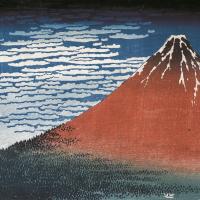
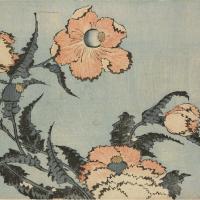
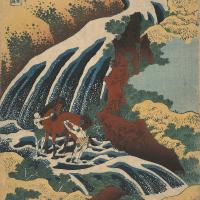

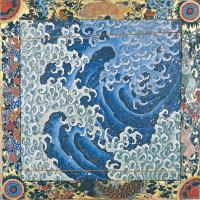
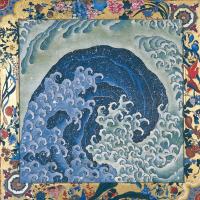
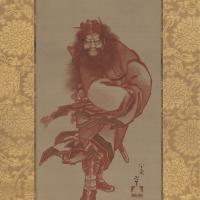

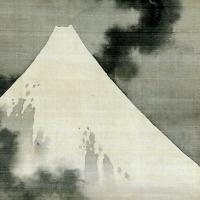
Add comment